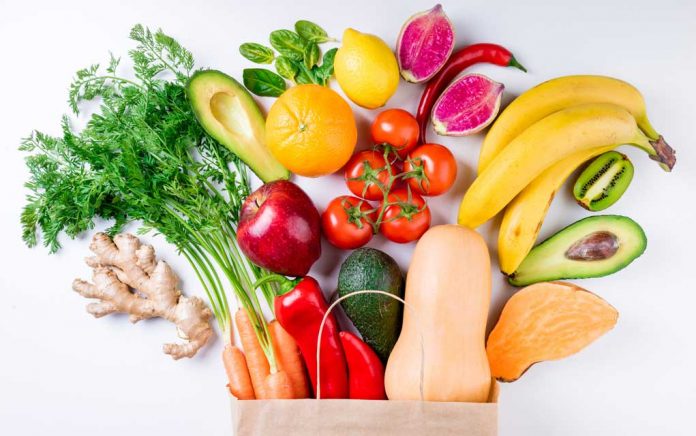
Switching to a raw food diet is not as hard as you might think. There are two stages in switching to a raw food diet: the transition stage which is 80% raw, and the raw diet which is 95%-100% raw.
Transition to Raw Food
Most people can switch to the transition diet quite easily and many stay with it on an ongoing basis. The transition stage consists of 80% raw and 20% cooked foods.
The primary raw foods to eat on this diet include: fresh fruits and vegetables, fresh juices, avocado, raw nuts, and seeds. This should comprise at least 80% of your diet. In addition, super-foods such as raw chocolate, dried goji berries, maca, green powders with chlorella, spirulina, wheatgrass, hemp, herbal teas, dehydrated foods, and many more are a great way to make sure you receive adequate nutrients in the diet and feel satisfied during this transition.
The remaining 20% of your diet can be cooked. That means 1 or 2 cooked meals a week, or up to 20% of individual meals. In order to be considered on the transition diet, you should not eat more cooked food than this.
Raw food should always be eaten before cooked food because it digests much faster. Indigestion, bloating, and gas usually occurs if raw foods are eaten after because cooked foods delay digestion.
Grains, dairy, and animal foods should be consumed rarely, and in small amounts. Grains are best eaten if sprouted because they are much more nutritious in this state. However, this requires effort and pre-planning. Many raw dieters use sprouted grains to make dehydrated bread snacks.
Dairy, fish and meats can also be eaten raw. Availability of raw dairy is limited and should be consumed in small amounts. Meat and fish should be organic and of high quality. Marinating them in lemon, herbs and spices will make it taste like it’s cooked. They should be eaten with fresh vegetables only; no fruit no nuts. I recommend eating raw meats and fish only after a transition of at least 3 weeks to 3 months, or until you have normal bowel movements at least 2-3 times per day.
The Complete Raw Food Diet
The next step is what most strict raw foodists consider the real deal. A raw food diet consists of 95-100% raw food with no animal products. Fresh juices and super-foods supplement this diet to ensure adequate nutrition.
The water you drink should be purified through reverse osmosis and living, such as a living mineral water. There are a few bottled mineral waters that are pure.
Most of your liquids will be derived from fresh juices, fresh fruits and veggies, and fresh coconut water, a raw food favorite. You will drink less on a raw food because eating less cooked food and more fresh food decreases your desire for liquids.
There are many incredible recipes that bring variety and make a raw food diet enjoyable. Look for creative, delicious, and extremely healthy recipes for raw pasta, raw lasagna, corn tortillas, raw ice cream and may other awesome gourmet raw foods.
Getting Started
The easiest way to start on a raw food diet is to begin with a super-food green mix or a morning fruit shake which includes a few ounces of fresh seeds and / or nuts. For lunch and dinner, base your meal on a large salad with a healthy, fresh raw fat salad dressing made from fresh ground nuts and / or seeds (a coffee bean grinder works great), avocado, or fresh pressed oils. Add lemon, herbs and spices. It is important to eat a big salad and a small amount of protein. The salad will fill you up. Protein is much better for transition than overeating carbohydrates such as breads, pasta, or rice. Protein quickly helps balance your blood sugar and your body will be able to eliminate any over consumption of both protein and carbohydrates.
Most people find it takes from 1 to 3 months or more to notice they are feeling more balanced on a raw food diet than the normal cooked food diet they were on for years. Many factors such as age, state of health, and lifestyle determine how quickly one feels better on a raw food diet.
Be careful not to eat too much raw fat during transition to create the “full” feeling. Overeating raw fats, even on a raw food diet, is not healthy! Ideally, raw fats should be no more than 20% of the diet. More than 30% fats in the diet, even if they are raw fats, will lead to long term imbalances in the body.
Consider switching to a raw food diet today. Eat plenty of salads, vegetables, fruits and a small amount of fats. Include some super-foods such as spirulina, hemp protein, and maca. Drink at least 1 fresh squeezed juice daily. And don’t forget to buy a good raw food recipe book. You should be on your way to feeling stronger and healthier soon and begin to experience the benefits of the raw food diet!




